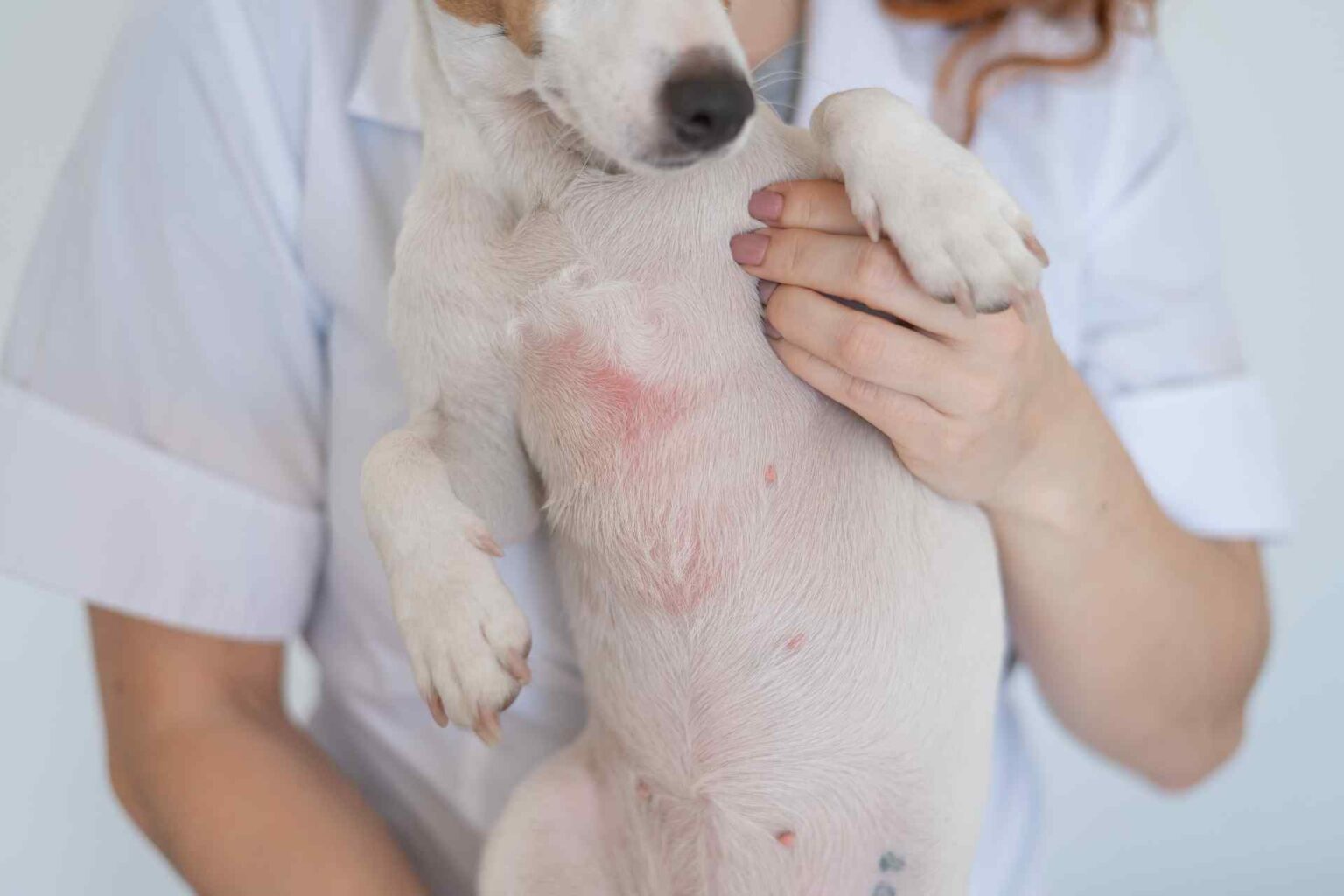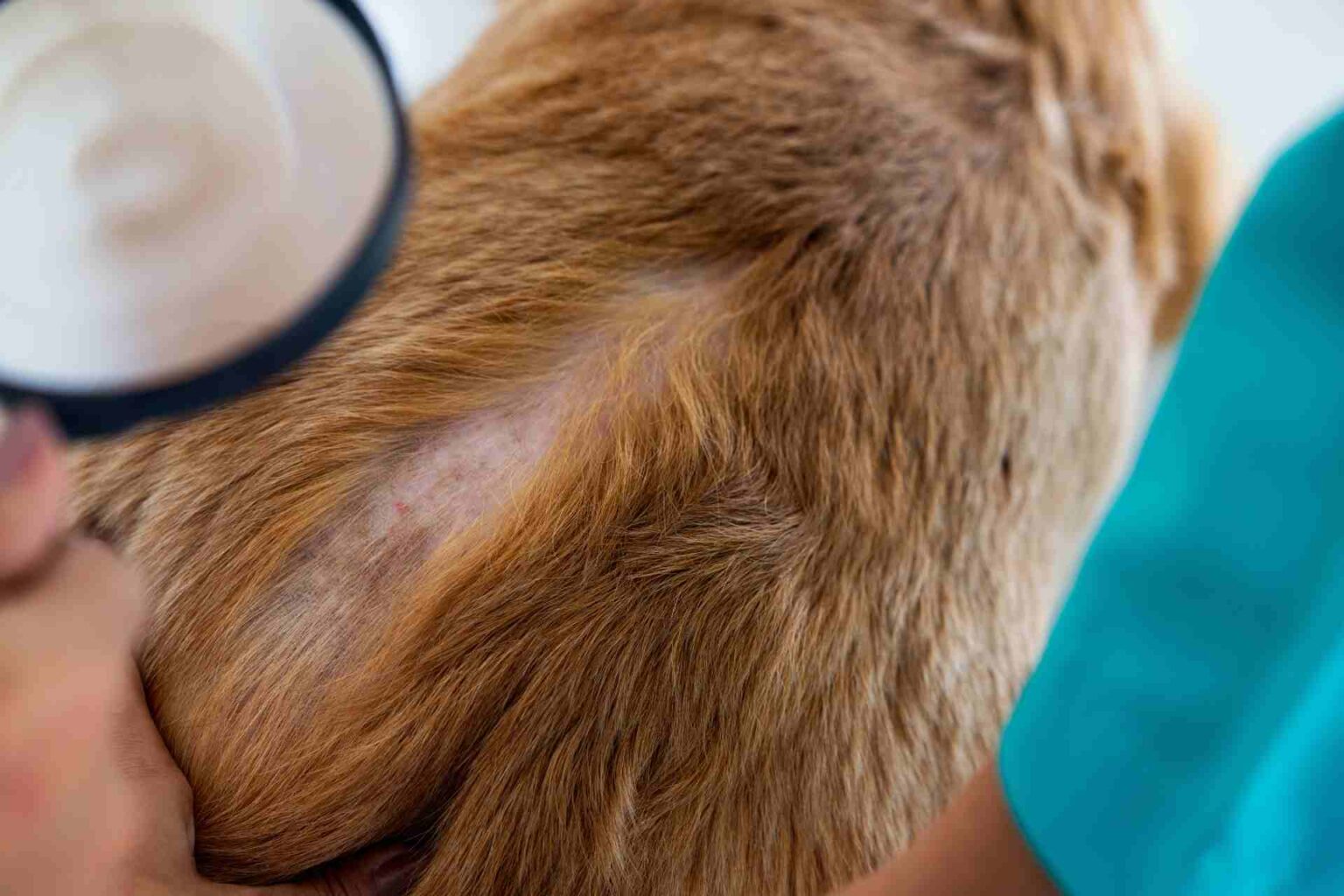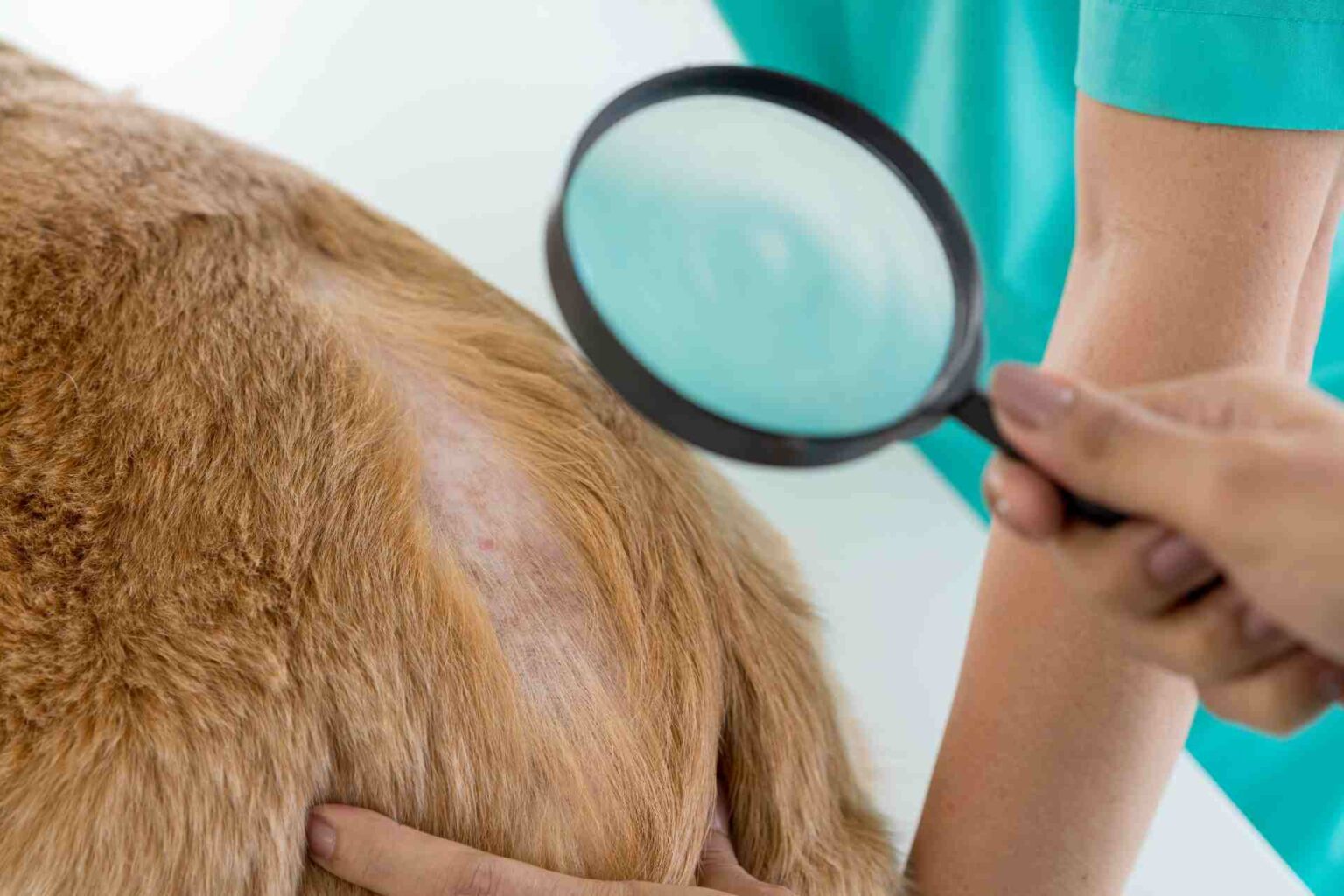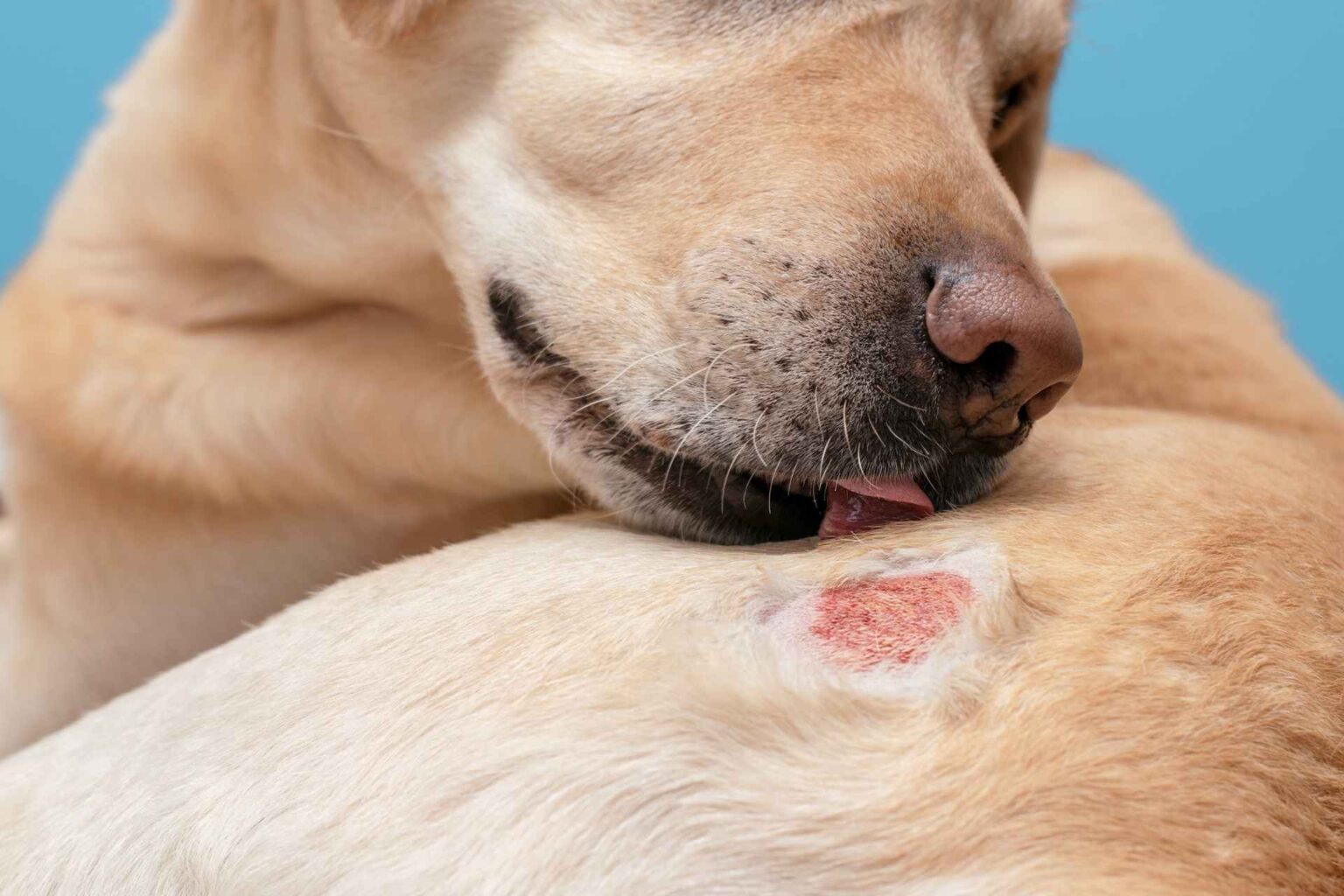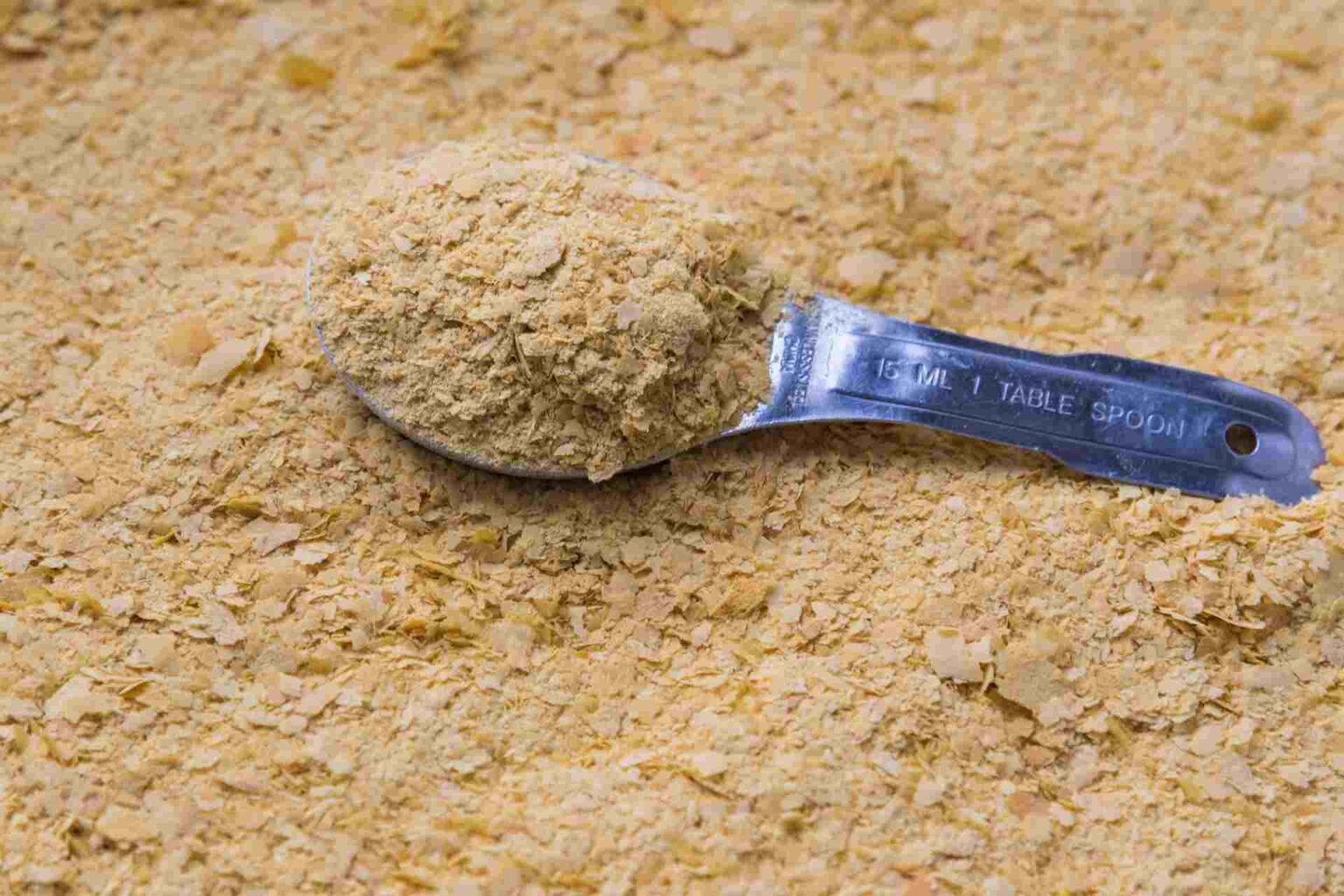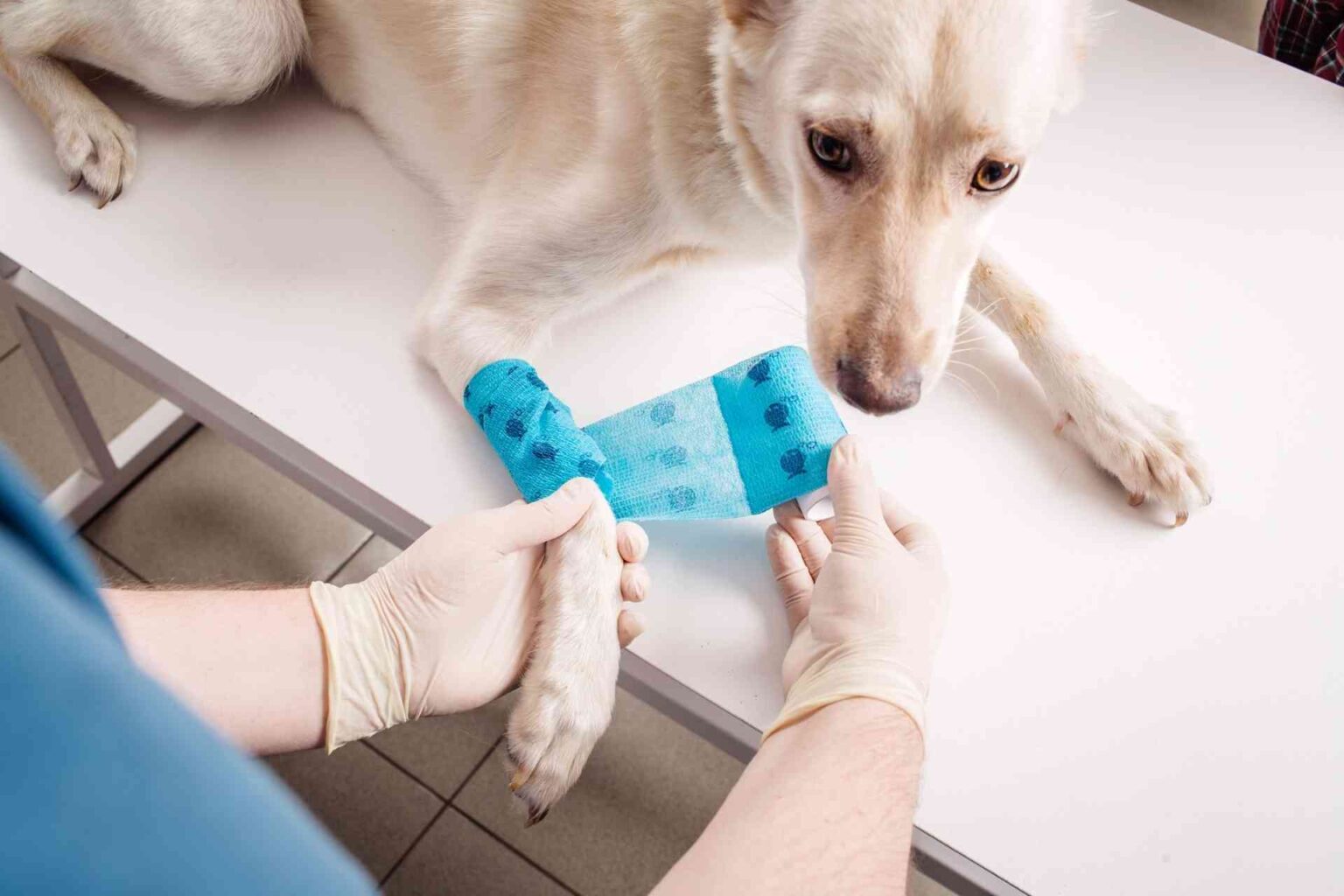The efficacy of a blackcurrant formulation enriched with essential fatty acids, ceramides, and 18-beta-glycyrrhetinic acid in reducing itching and skin lesions in dogs was evaluated in a randomized trial, with positive but only transient results
Dog atopic dermatitis is a chronic disease that requires long-term management. Genetic and environmental factors are involved in the development of the condition , and the integrity of the skin barrier plays an important role, as it hinders the penetration of allergens through the skin and reduces the risk of sensitization.
For these reasons, there is great interest in the search for new effective and safe therapies to repair the skin barrier and improve the clinical manifestations of the disease, such as itching and skin lesions.
Over time, studies have indicated a link between a reduction in the amount of ceramides in the skin and its increased permeability, while local application of lipid emulsions containing essential fatty acids appears to improve skin barrier function and reduce the severity of clinical signs of atopic dermatitis. In addition, 18-beta-glycyrrhetinic acid, a component of licorice root, has been shown to have anti-inflammatory effects and to improve itching associated with dermatitis.
An international team of researchers then evaluated the effects of a lipid-based topical emulsion containing ceramides, fatty acids, and 18-beta-glycyrrhetinic acid on the clinical signs of canine atopic dermatitis and the skin barrier.
A topical emulsion to improve symptoms
Researchers conducted a study randomized, double-blind, placebo-controlled trial of 45 dogs with mild-to-moderate nonseasonal atopic dermatitis: one group was treated for 3 months with a topical blackcurrant emulsion enriched with essential fatty acids, ceramides, and 18-beta-glycyrrhetinic acid, the other with a placebo consisting of a water-oil emulsion without active ingredients for the same period of time.
The primary objective was to evaluate the effects of the emulsion in reducing the level of itching and the severity of atopic dermatitis lesions, as expressed by thevisual analog scale( VAS) for itching and theCanine Atopic Dermatitis Extent and Severity Index (CADESI) score, both validated, respectively. In addition, the researchers studied the effects of this formulation on transepidermal water loss and collected ratings of improvement, expressed by both owners and experimenters, at each visit. Each assessment was given an increasing score based on the level of improvement observed, so that higher values indicated a positive response.
Twenty-eight dogs, 14 in each group, completed the treatment stipulated in the study protocol.
After 1 month, half of the dogs in the treatment group had at least a 50% improvement in itch score; A 14.3% reduction in score was observed in 2 dogs in the control group.
At 2 months and 3 months, the percentages of dogs with at least 50 percent improvement in itching in the two groups were 35.7 percent (5/14) vs. 21.4 percent (3/14) and 28.6 percent (4/14) vs. 14.3 percent (2/14), respectively.
After 30 days, no significant decrease in mean itch score was observed in the treatment group.
Regarding the other endpoints – skin lesions according to CADESI score, transepidermal water loss, and global assessment – no significant improvements over time or differences between groups were observed.
A role for further study
“In this study, topical black currant emulsion enriched with essential fatty acids, ceramides, and 18-beta-glycyrrhetinic acid had some transient beneficial clinical effects and can be a useful treatment option to reduce signs of atopic dermatitis in dogs; however, it was not effective in controlling pruritus in monotherapy,” the authors note. “Overall, this product was well tolerated and should be studied as an adjunctive therapy to enhance the well-being of dogs with dermatitis. Larger studies are needed to evaluate its effects on the skin barrier.”
Reference
Marsella R, Cornegliani L, Ozmen I, et al. Randomized, double-blinded, placebo-controlled pilot study on the effects of topical blackcurrant emulsion enriched in essential fatty acids, ceramides and 18-beta glycyrrhetinic acid on clinical signs and skin barrier function in dogs with atopic dermatitis. Vet Dermatol. 2017 Dec;28(6):577-e140.





